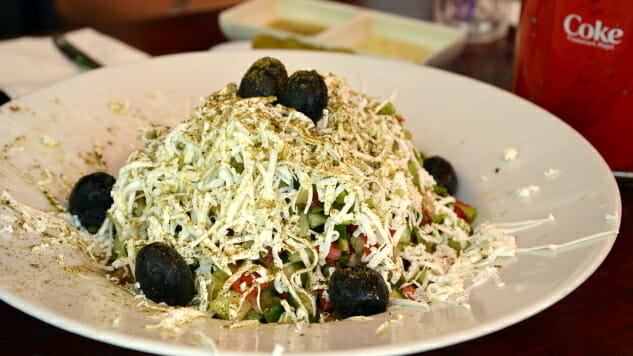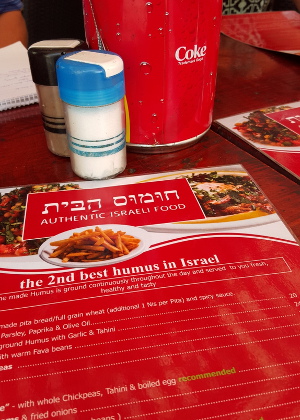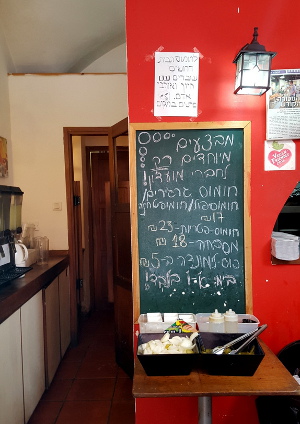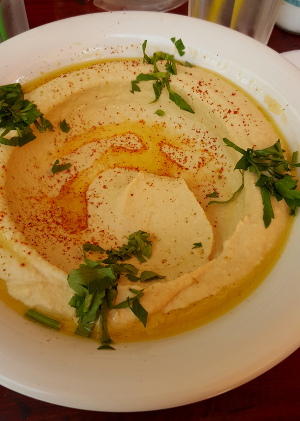The Second-Best Hummus House in Tel Aviv
Photos by Kristin Winet
Haim Gitlin is known for two things in Tel Aviv: one, for being so friendly he sometimes forgets to leave his customers alone to let them eat, and two, for serving the second-best hummus in all of Israel (more on that later). If you read his reviews on TripAdvisor, you’ll see his restaurant, Humus Habait, is paired with words like “awesome,” “so friendly,” and “super helpful,” and his hummus is paired with phrases like “best hummus I ever ate,” “such a delight,” and “kitchen is marvelous!” Humus Habait, which roughly translates to “The House of Hummus,” seems at first glance to have fulfilled Haim’s lifelong dream of becoming nearly the best hummus maker in all of Israel.
And yet, even though he serves nearly 250 plates of hummus on a given weekend day—a number he sheepishly admits is still quite a small operation in the Tel Avivian hummus world—Haim Gitlin, the tall, balding, fair-skinned, freckle-faced, pink-cheeked, belly-laughing Israeli man that he is, never intended to be a chef.

-

-

-

-

-

-

-

-

-

-

-

-

-

-

-

-

-

-

-

-

-

-

-

-

-

-

-

-

-

-

-

-

-

-

-

-

-

-

-

-











































